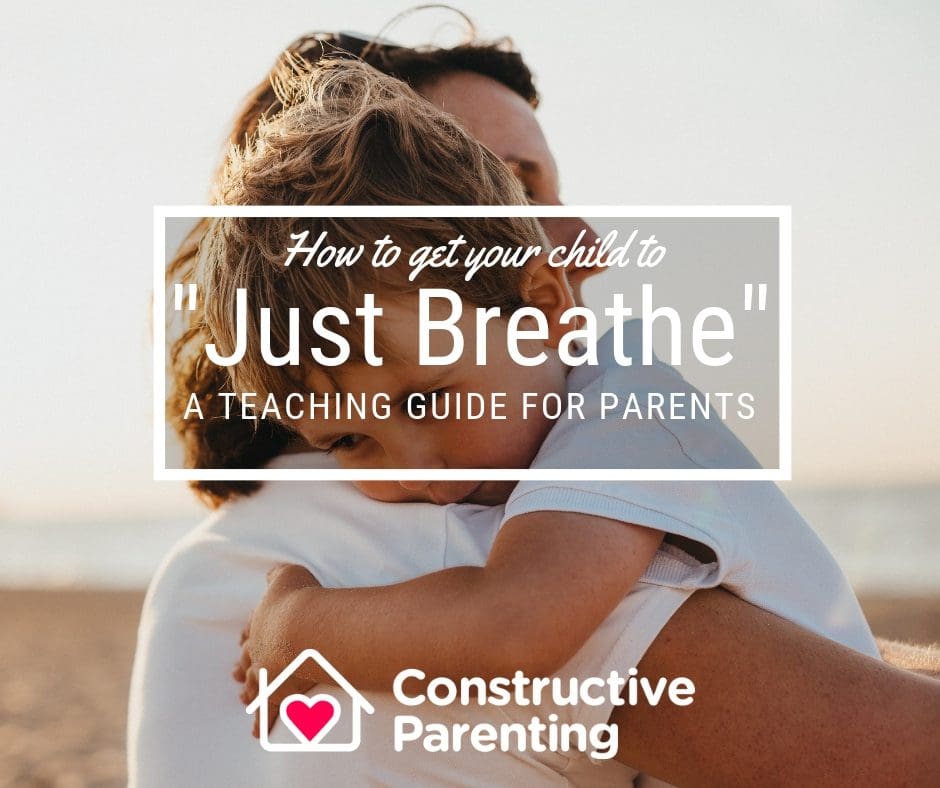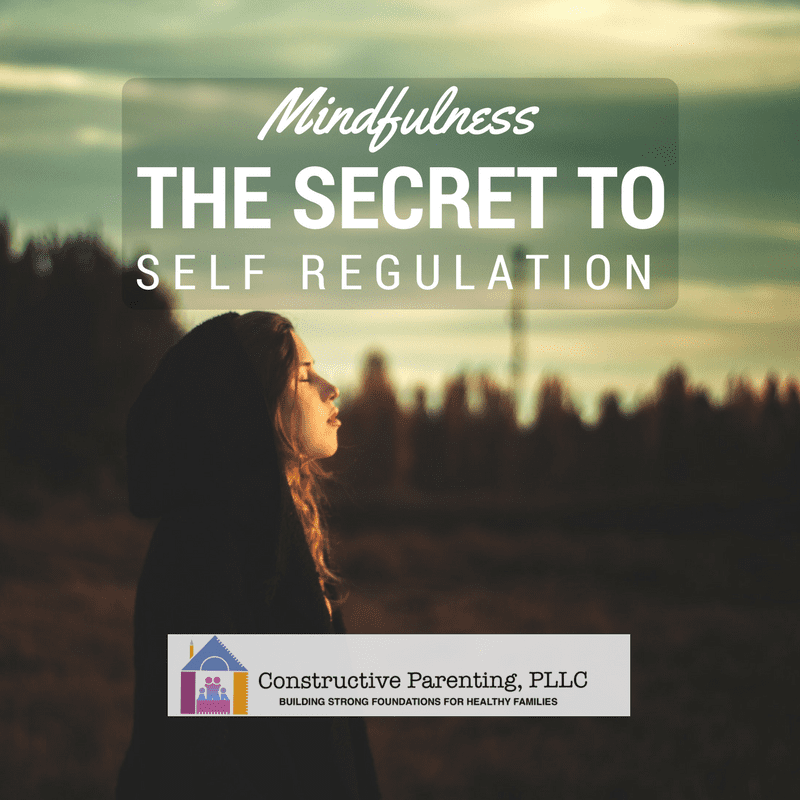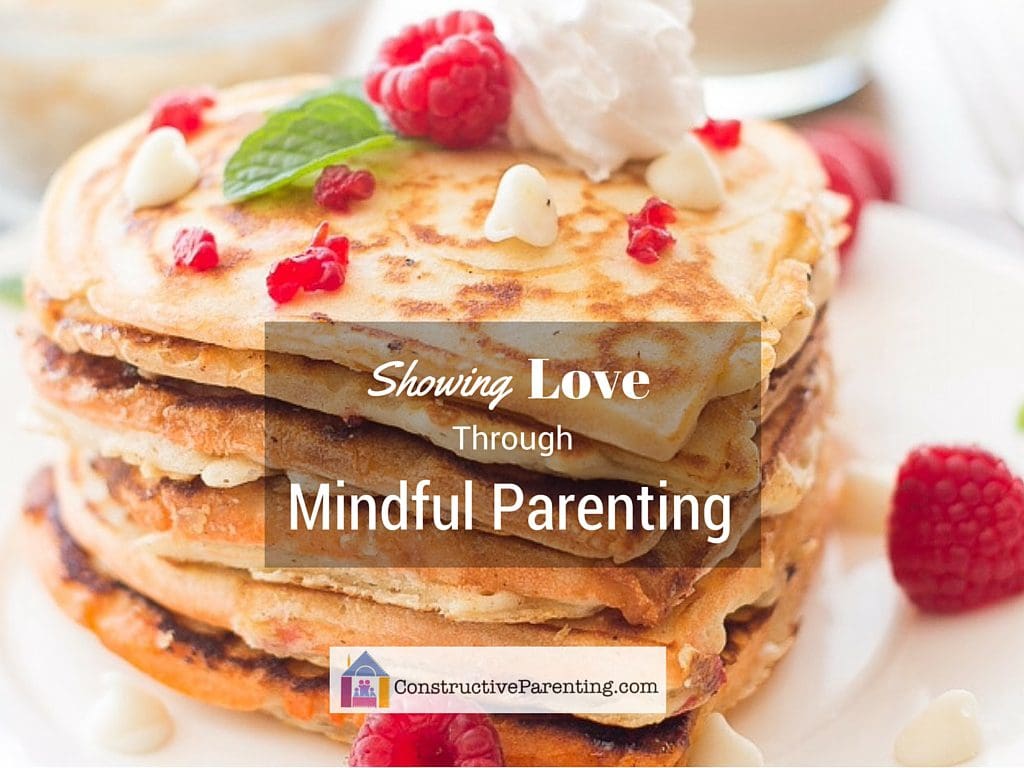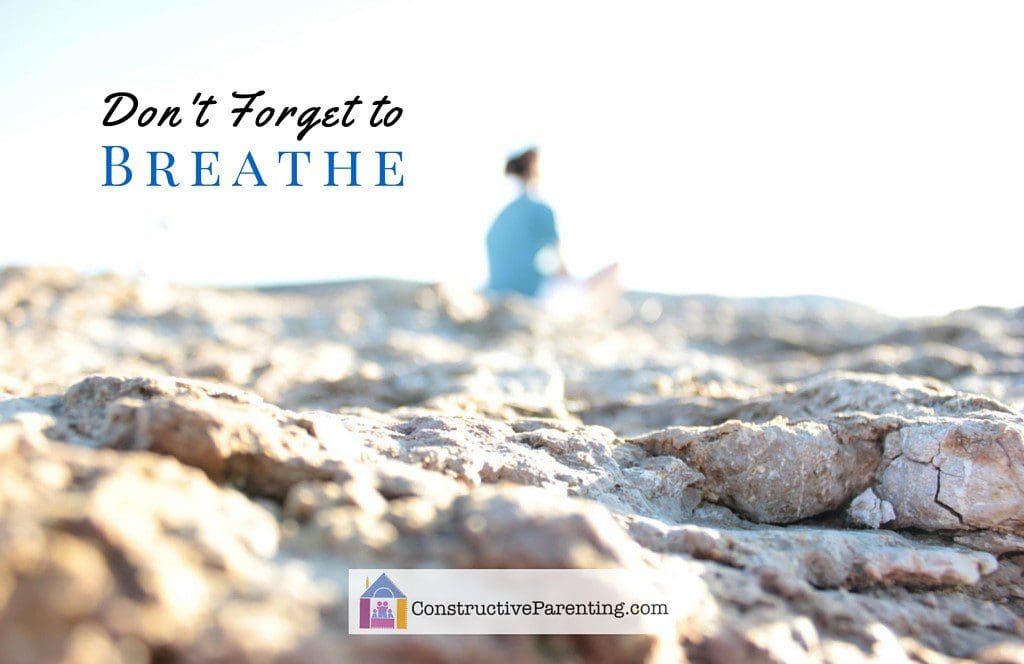How To Get Your Child To “Just Breathe”: A Teaching Guide For Parents

Years ago, I was sitting in a training for early childhood educators and mental health specialists. I remember clearly when the instructor told the group that the best way to get a child to calm down is to tell him to breathe. The preschool teacher sitting next to me immediately turned and said,” I’ve tried that so many times but it never seems to work.” The truth is, using your breath to help you calm down can be very challenging– especially for a child. And, spoiler alert, if you don’t do it correctly, telling your child to “just breathe” usually leads to an even more explosive tantrum. That’s why I have broken down exactly how to use this technique for optimal results.
Step 1: Teach Them to Breathe
We are all born knowing how to breathe in and out, but we have to be taught to take the kind of breath that actually calms our minds and our bodies. If you ask an upset child to breathe, he will often instinctively start panting. Unfortunately, that sort of quick shallow breath is more likely to lead to hyperventilation then calm. We want to help kids understand that the in-breath should be nice and slow, filling their lungs and then filling their bellies. If it is done correctly, the belly gets so full of air it actually pokes out a little bit. There can be a slight pause and then the exhale happens just as slowly. Help children to visualize a little balloon (their belly) being slowly filled with air, and then after a pause, let them picture the mouth of the balloon (their mouth) parting a tiny bit so that the air can slowly seep out. When we pay attention to our breath and notice it going in and out slowly, a signal is sent to our brains that we are safe, and a feeling of calm enters our bodies.
Step 2: Practice When Kids Are Calm
After your kids learn how to take slow mindful breaths, they need to practice regularly in order to start to get good at it. That means it is still too early to turn to them and say,”just breathe” when they are upset. Just like you wouldn’t teach someone to dribble a basketball and then immediately expect them to play point guard in the championship game, you can’t expect a child to learn a new skill and then immediately use it when he is stressed. A great time to practice mindful breathing is at night before bed. Just before you kiss him goodnight, as your child is lying down, you can put a stuffed animal on his belly and ask him to breathe slowly so that the animal gets “rocked to sleep.” If he breathes too quickly the animal will fall off, and if he doesn’t breathe deeply enough the animal won’t rock. After your child has done between 5 and 10 breaths, ask him to notice how he feels. Point out that you can see his body is calm. Often kids feel very relaxed and this is the perfect way to help them fall asleep at night.
Step 3: Try Becoming Calm in Different Places
If you have been working on breathing at night with your child for a few weeks, and they have started to connect slow deep breaths with feelings of calm, you can experiment with bringing about that same feeling during other times in the day. Remember, it still isn’t time to ask your child to use her breathing when she is upset. At this stage, the goal is to help her practice going from a positive state (happy, content, excited) to a relaxed state. A great place to do this is in the car as you are driving or at the kitchen table during a meal. Let your child know that you are so proud of her for learning how to breathe in calmness and you want to do an experiment to see if breathing can make her feel calm and relaxed during the day. Tell her to sit up nice and tall and to place a hand on her stomach. Practice taking 5 slow deep breaths in and out together and then check in with her about how she feels. You can even make a game of trying lots of different places to use breath to bring about feelings of calm.
Step 4: Let Them be the Expert
If you have been working on breathing with your kids for several weeks and they are able to connect slow deep breaths with feelings of calm it is time to let them help you use this skill when you are feeling upset. Pick a time when the stressor is not too extreme and when your child has not caused the problem. Maybe you can’t find your keys or your phone, and you are stressed because you need to leave in 10 minutes. Put words to what you are feeling and then ask your child if they can help you calm down by breathing together. If they are small you can invite them to sit in your lap with your hearts and bellies touching. As you take slow deep breaths in and out let your child be in charge of counting them. Notice how your bellies connect with each inhale. If you have done 5 breaths and you are still a little flustered you can say, “I think its working but I still need to do a few more breaths to feel completely calm.” When you are done tell them how much more relaxed your body and mind feel and thank them for helping you. Point out that you think it will be much easier to look for your keys now that your mind is calm and ask them if they will help you with the search.
Step 5: Offer to Help Them
After you have let them be the expert a few times and they have started to buy in to the fact that breathing helps us calm down when we are upset, it is finally time to start encouraging them to use this skill when they are having difficult emotions. The trick is to use this skill with your child before he has reached the point of explosion. You know your child well and you can start to recognize the signs that he has gotten upset but has not yet lost control (once he is like a volcano erupting you have to let him finish exploding before you can mention breathing). If you see his little hands starting to clench or you notice his words beginning to speed up, you may be just in time to intervene. Position yourself beside your child and with a hand on his shoulder put words to the feeling he is having and the situation that caused it, “You are sad because your friend can’t come for a play-date today.” Gently remind him of how he has been helping you to feel calm when you get upset and ask him if you can try to do this for him right now. If he agrees (or if you notice his body soften) scoop him up into your lap and do slow inhales and exhales together. Ask him if he feels calmer or if he needs to do a few more breaths together. When you are done and he has calmed down give him lots of praise and help him come up with a plan for what he can do to help himself feel better.
This process takes effort and patience but learning to return to your breath when you are upset is a life skill that will benefit you and your child. Even with a lot of practice it is impossible to remember to do this every time — so remember that the goal is not perfection. The goal is to be able to choose how we respond to difficult experiences, and breathing to stay calm is one of the best ways to accomplish that.
If you know someone who has been struggling to teach their child how to stay calm, be sure to share this article with them. Parenting is hard and the more we stick together to support one another the easier it becomes.
Amanda Zaidman, LCSW is a Child Therapist and Parenting Counselor in Charlotte, NC. She specializes in supporting families as they navigate how to stay connected while coping with difficult emotions.











Trackbacks & Pingbacks
[…] **If you need help learning how to teach your kids to “Just Breathe” this article is for you. […]
[…] Teach her how to use “I feel…” statements to let other people know how she feels. Teach her how to breathe mindfully so that when she gets upset, she can calm down and then make a smart choice to help herself feel […]
Leave a Reply
Want to join the discussion?Feel free to contribute!